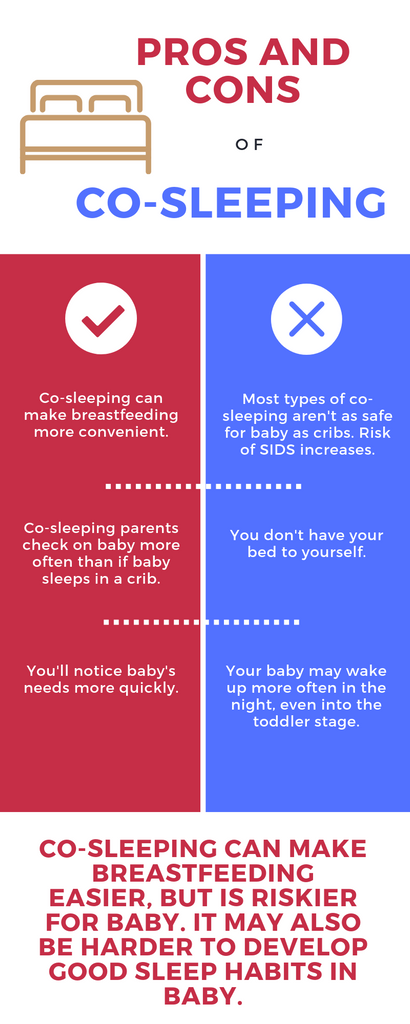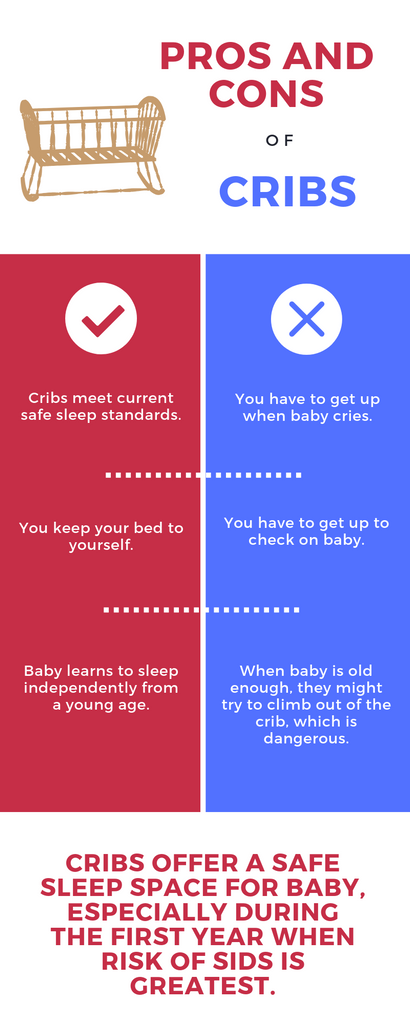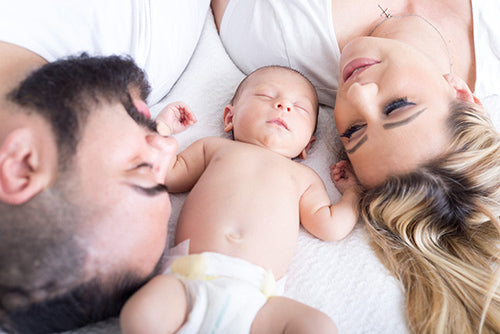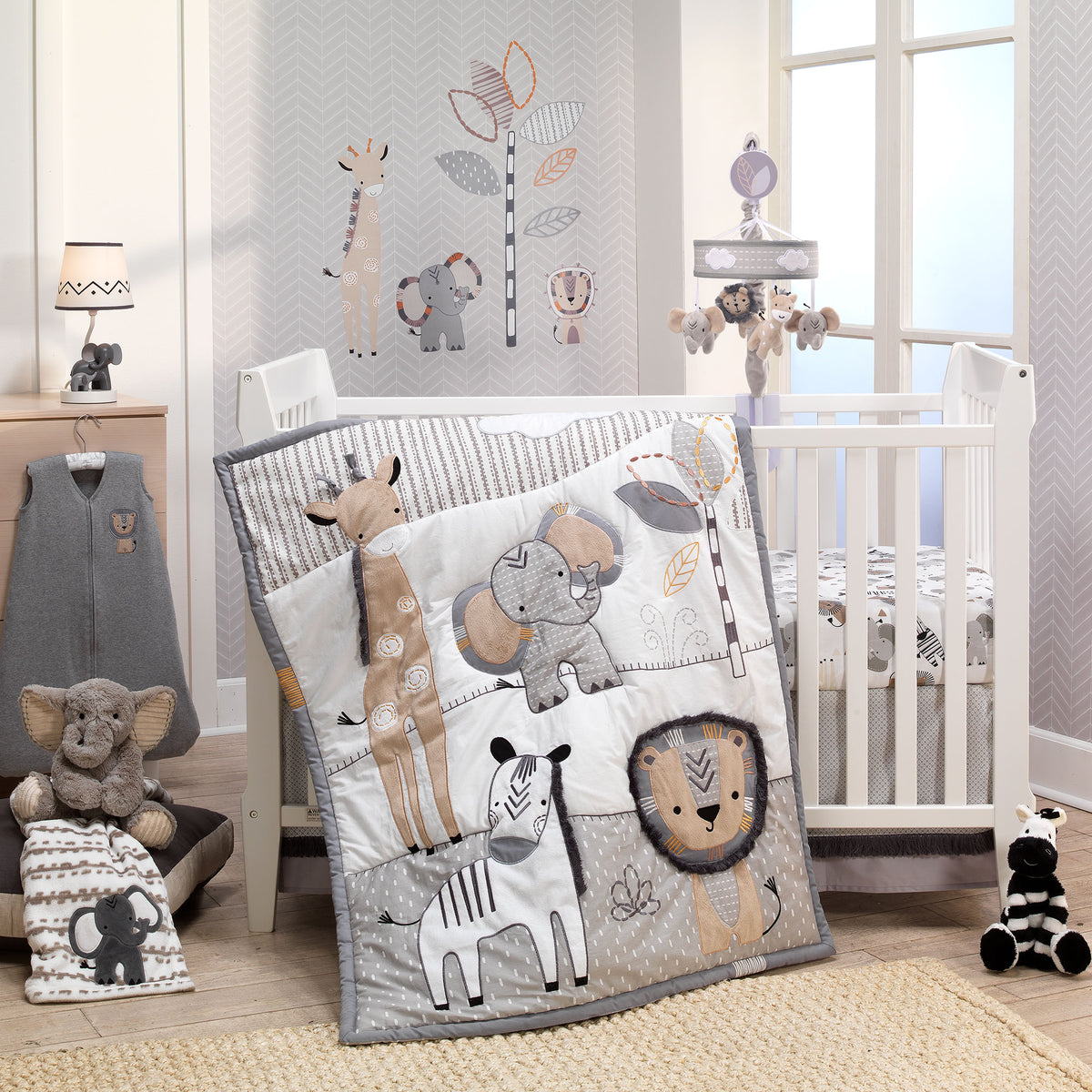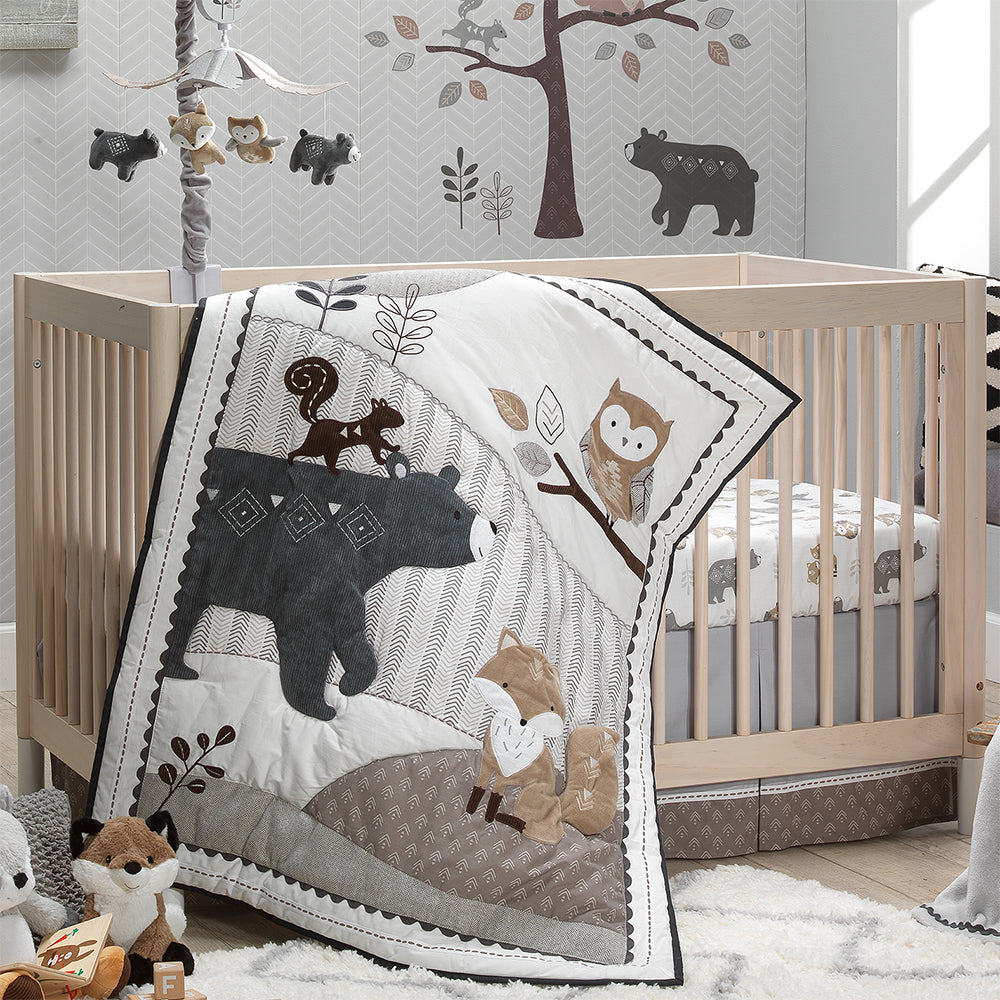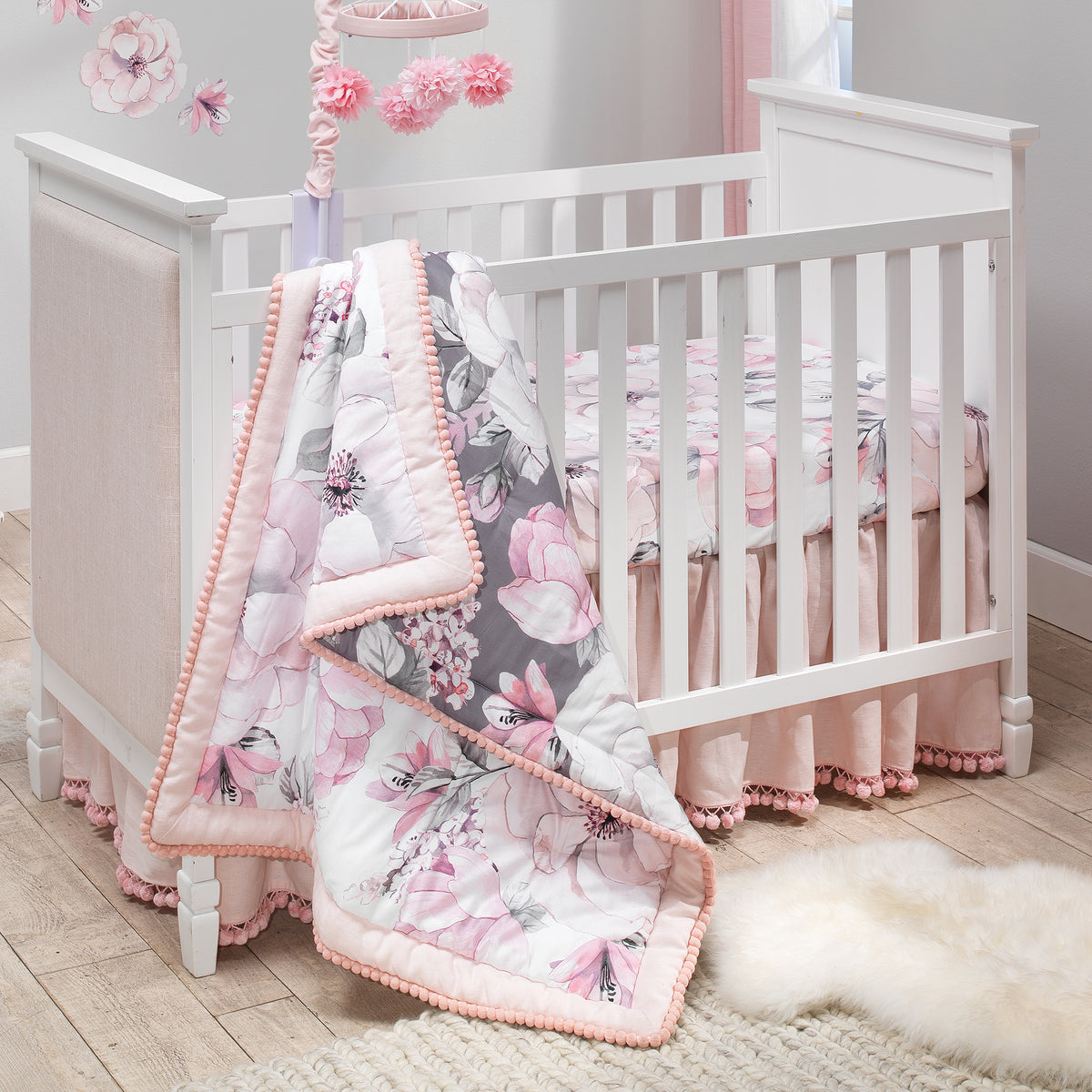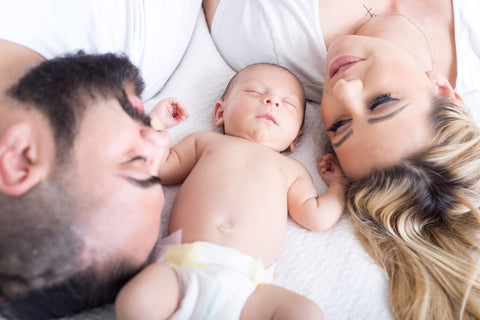
Imagine you’re finally ready to come home from the hospital with your newborn. Tender, sweet and vulnerable, your little baby is all yours to care for.
As a new parent, you’ll make thousands of decisions about your baby’s care over the course of their lifetime. But, one of the first ones, and most important ones is where your baby will sleep. Will you put your baby in a cozy crib or opt to co sleep?
It’s a difficult decision to make. In this article, we’ll provide you with the information you need to make an informed decision. In addition to outlining what options are out there for co sleeping and using a crib, we’ll also provide the sleep safety tips you need.
What is Co Sleeping & Is Co Sleeping Safe?
Co sleeping is defined as the practice of parents and young children sleeping in the same bed.
With infants, sleep times are never as long as you’d like. You’re groggy. You’re exhausted. The most uninterrupted sleep you’re likely to get is about 2 hours at first. Yes, it gets better. But, the first few months of caring for your baby are marked by difficult nights.
This is the main reason parents choose to co sleep. Many parents find it easier to keep babies happy, fed and changed if they’re closer to them, or even in bed with them. So, what options are there for co sleeping?
There are several main co sleeping options which include:
•Use a Co Sleep Product such as a DockATot
This type of product creates a small space in the bed exclusively for the baby, separating them from risks such as heavy blankets and cracks between the bed and the wall. However, unfortunately, these products are not approved for safe sleep. Why? The baby’s face may get too close to the padding on the sleep device, causing them to suffocate. Even if the baby’s face isn’t covered by the device, the baby may re-breathe carbon dioxide which also causes a type of suffocation. There are safer co sleeping options available that we will explore.
•Co Sleeper Crib that Attaches to the Parents Bed
These products allow you to almost share your bed when co sleeping with a baby, while preserving a separate place for the baby. Having a crib attached to your bed on one side, these products allow you to easily reach the baby. Some people even modify traditional cribs to fit right next to their bed. This form of co sleeping is one of the safest options for co sleeping, according to the CDC.
•Keeping a Baby In Your Bed With You When Co Sleeping
All out co sleeping, also known as bed sharing, means that you share your bed with the baby. While very convenient for breast feeding and keeping an eye on the baby, it also comes with risks. The baby might get covered with heavy blankets or get caught in a crack between the bed and the wall. There are recommendations you can follow to make this co sleeping safer. For example, you can eliminate heavy blankets and pillows from the bed. You might also roll up towels to cover up cracks.
According to some parents like blogger Lauren Jimeson, despite the risks of co sleeping, she often does it anyway. She says, “...despite me being well educated on the subject and the risk involved, I’m going to keep doing it...This is because of all three of my children, Macks is the worst sleeper yet.”
Jimeson says she nurses her son back to sleep in the comfort of the bed she shares with her husband. This is very relatable. And it’s also true that it’s safer to sleep in your bed with your baby than on a sofa or in an armchair. But, it doesn’t make it safer than putting a baby to sleep on their back in a crib. Overall there are options for safe co sleeping, and co sleeping with a baby. So, what should you know about using a crib? Read on to find out.
What is it Like to Use a Crib Instead of Co Sleeping?
Using a crib is the safest, most preferred method for babies to use for unsupervised sleeping. There are a wide variety of cribs available on the market. Most allow you to adjust the crib’s height so that it’s easier to use when your baby’s an infant. As your baby grows, you lower the level of the crib so that the baby can’t get out of the crib on their own.
Cribs allow babies to have their own sleep space. This means you can have better control over the baby’s sleep space and avoid risks. The sides of the cribs prevent babies from rolling out of bed.
Just because you use a crib doesn’t mean you can’t participate in a form of co sleeping. You can place the baby’s crib in your own room, rather than in a nursery, so that you can enjoy some of the benefits of co-sleeping. This will allow you to hear the baby more readily and make the trip to check on the baby shorter.
One mom, Esther Tunes, explains her choice to always use a crib in, Co Sleeping: The Pros and Cons of a Family Bed:
"I never brought my kids into my bed — even though it would have been easier. I believe they're safer in their own crib."
Co Sleeping Safety Tips & Safe Baby Sleeping
A major part of what should influence your decision about how your baby will sleep should be safety. According to the American Academy of Pediatrics:
“3,500 infants die annually in the United States from sleep-related deaths, including sudden infant death syndrome (SIDS); ill-defined deaths; and accidental suffocation and strangulation.”
These are sad statistics. However, you can make sure your baby doesn’t form part of these figures by following the safety tips offered by the AAP:
- Make sure baby sleeps on their back.
- The baby’s sleep surface should be firm and free of blankets, pillows, and stuffed animals. Crib bedding should include only a tight-fitting sheet.
- Consider sharing the bedroom with baby. This can reduce the risk of SIDS by 50%.
- Don’t share a sleeping surface with the baby.
- Don’t expose baby to smoke or drugs. Don’t drink alcohol when caring for baby.
- Pacifier use is recommended.
The AAP recommends using a bassinet or crib over other sleeping options. However, do keep in mind that you’ll only be able to use a bassinet for a few months due to their small size.
By following these tips, you can reduce the risks your baby faces while sleeping.
The Bottom Line on Co Sleeping Vs Cribs
For parents, their little one’s safety is usually a top priority that trumps everything else. Although using a crib may require adjustment for the baby at first because they’re a bit further away from caretakers, it’s worth the safety benefits it offers. There’s always the option of placing the crib or bassinet in your bedroom so that you can glance over at the baby whenever you wake up in the night as a form of safe co sleeping.
However, the bottom line is that cribs are the safest choice for putting your baby to sleep.
